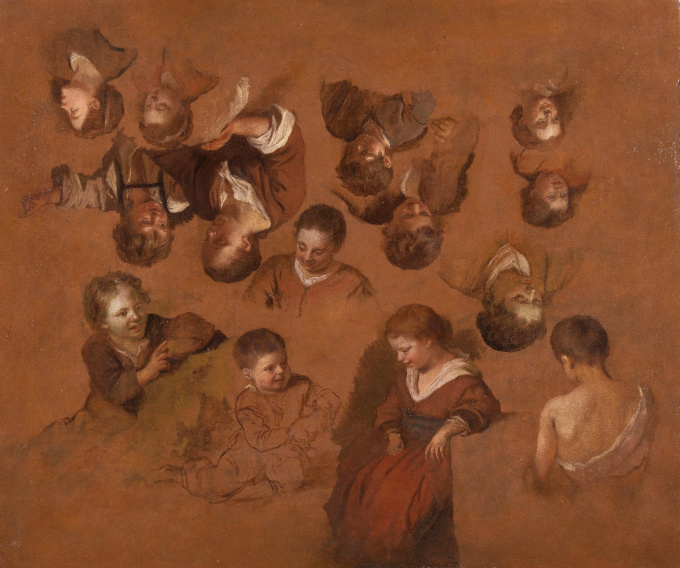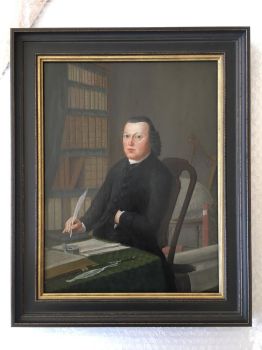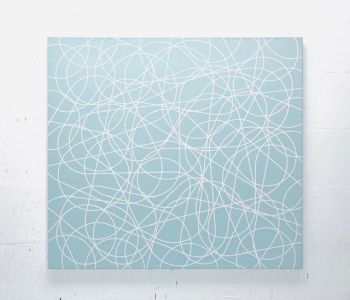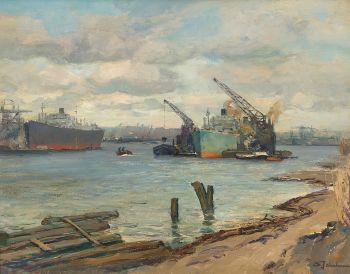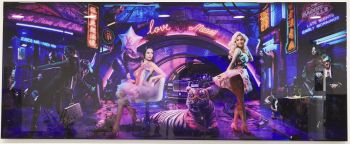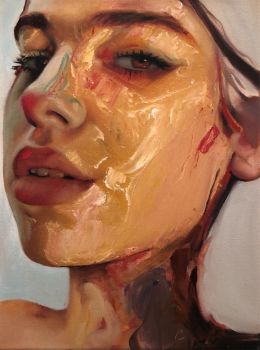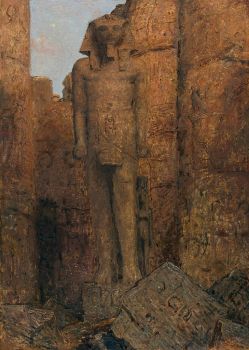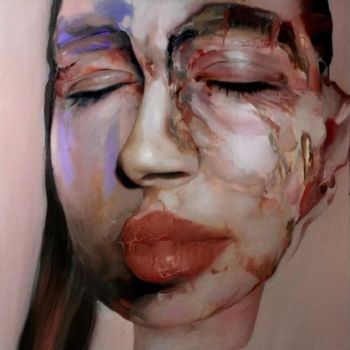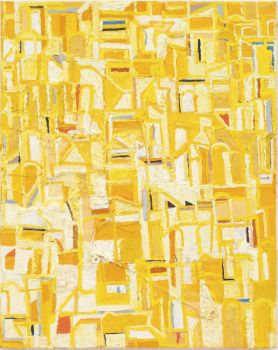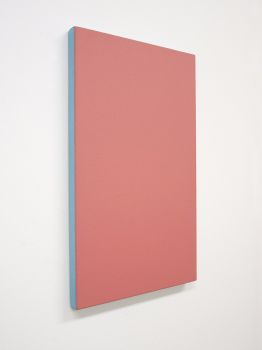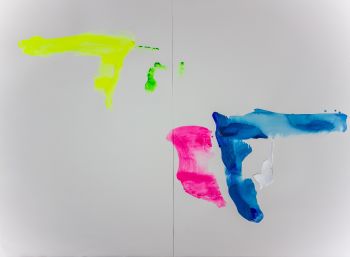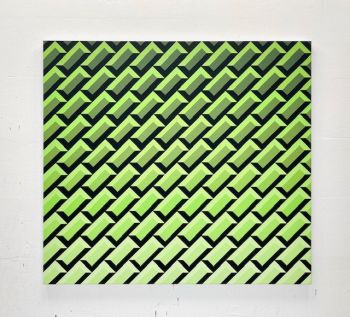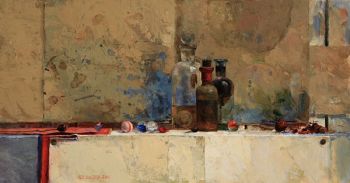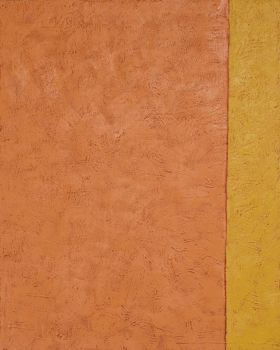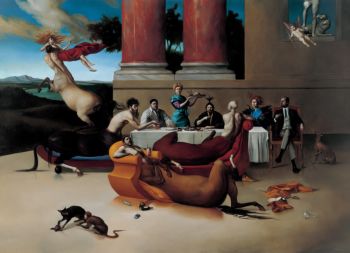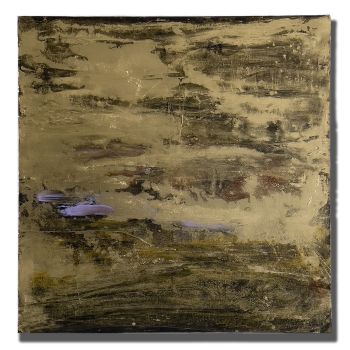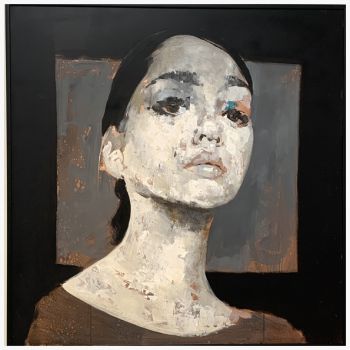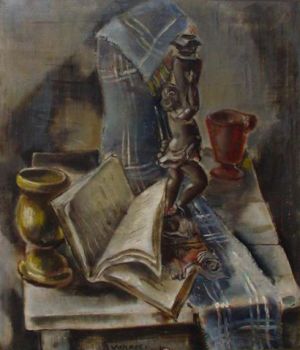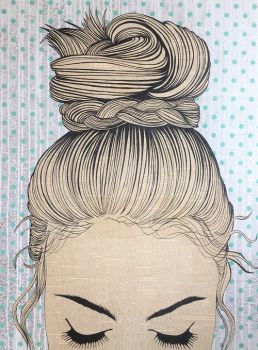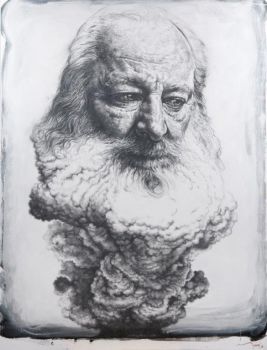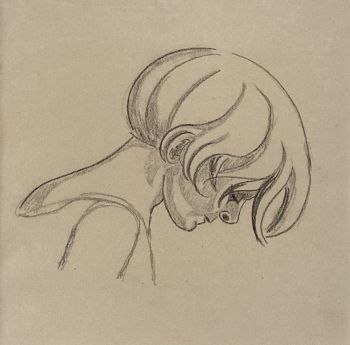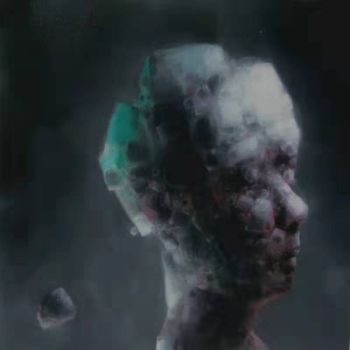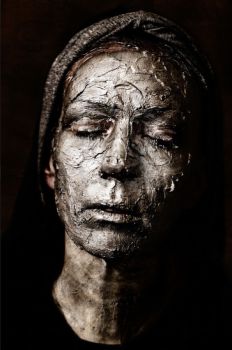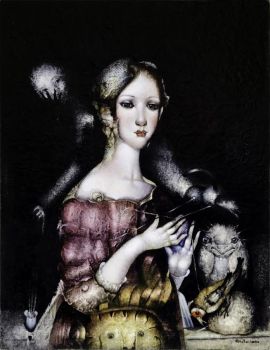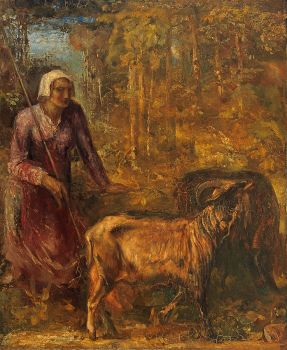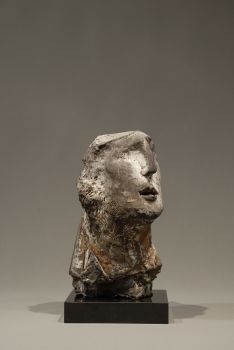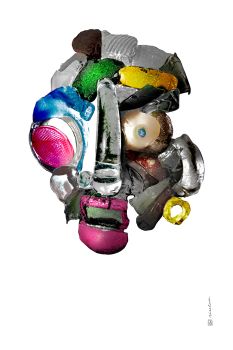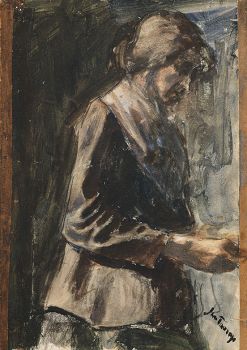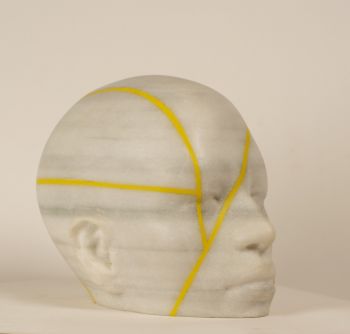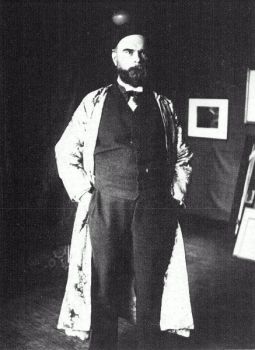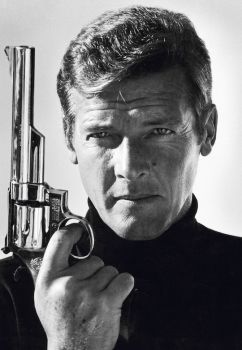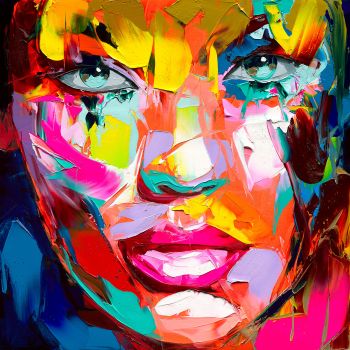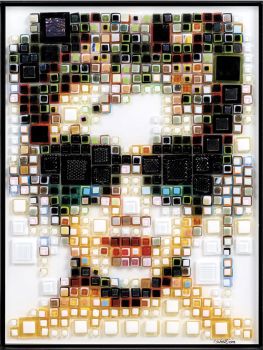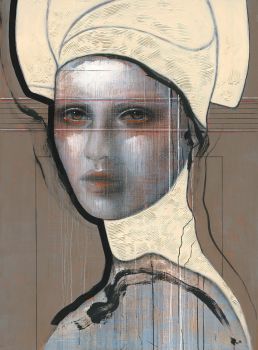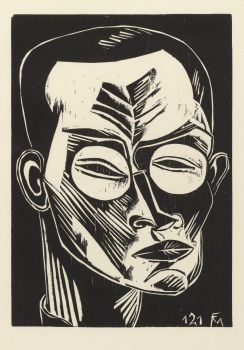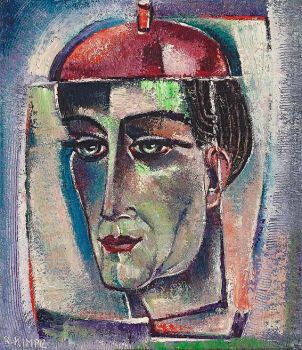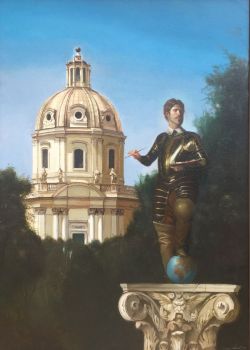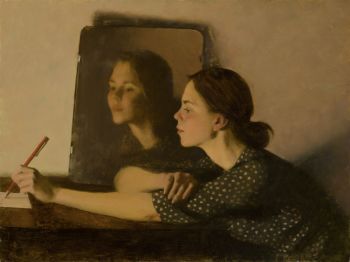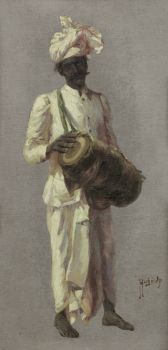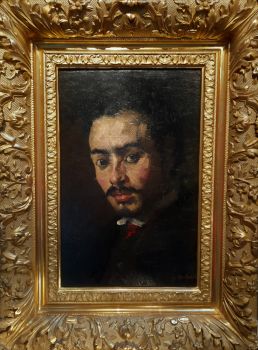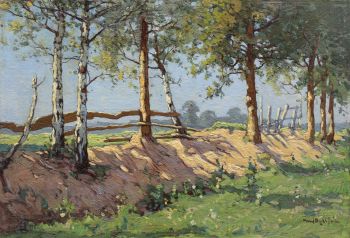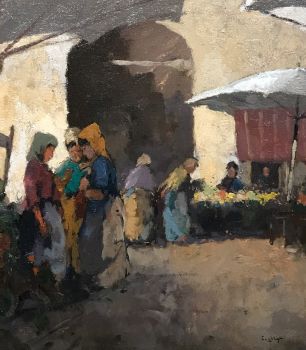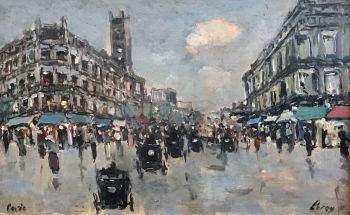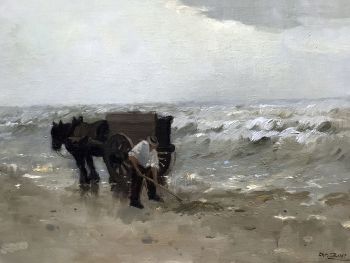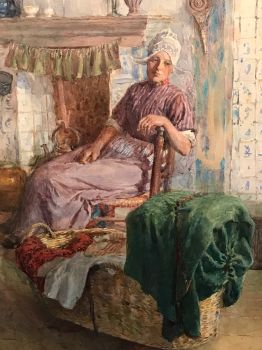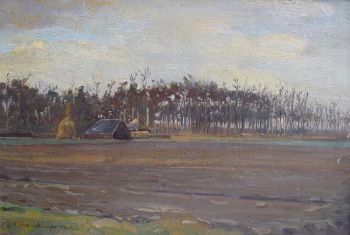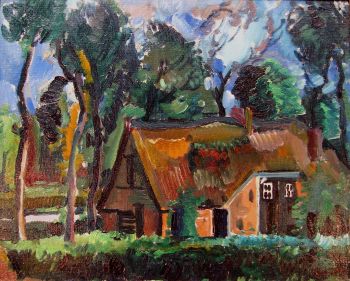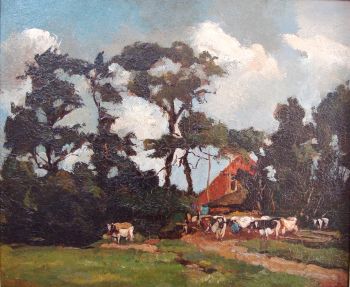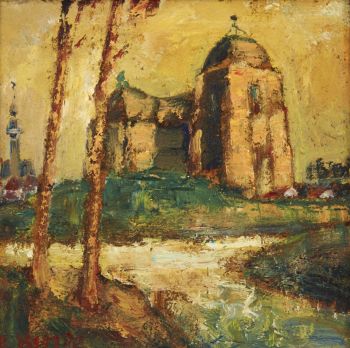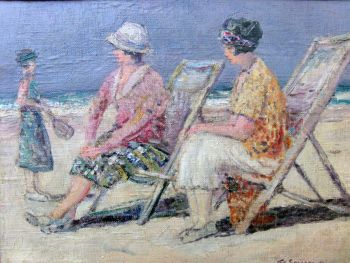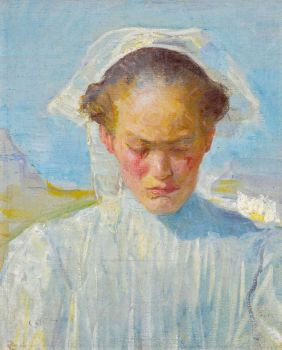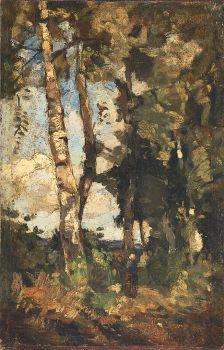A Modello of Fourteen Studies of Children’s Busts and Heads 1709
Simon van der Does
Olio su tela applicata su tavolamarouflage
45.60 ⨯ 54.40 cm
ConditionExcellent
Attualmente non disponibile tramite Gallerease
- A proposito di opere d'arteThis rare modello of heads and busts of children offers a fascinating peek into the studio
practice of Simon van der Does, a painter of pastoral scenes set in Italianate landscapes.
Models such as the present constituted precious studio assets and artists used them in
preparation of finished works for the market or for particular clients. Although evidence
suggests they were valued from early on for their intrinsic artistic merits as well, few
have survived. Similar attractive oil studies of isolated, worked-out motifs are known by
Peter Paul Rubens, Anthony van Dyck, Jacob Jordaens, Jan Brueghel the Elder and
Peter Boel and by artists working in the Northern Netherlands, notably Nicolaes
Berchem. The Amsterdam Rijksmuseum’s recent acquisition of an oil study with
chickens by Melchior de Hondecoeter shows a renewed interest and appreciation for
this type of art.1 Several children’s heads on our canvas appear in several independent
paintings by Simon van der Does (figs. 1-4). Van der Does’ oil study stands out for its
crisp handling and captivating charm.
Simon van der Does was a son of the artist Jacob van der Does the Elder (1623-1673)
and the brother of Jacob van der Does the Younger (1654-1699), also an artist. Simon
no doubt trained with his father and like him specialized in Italianate landscapes
enlivened with figures but he also painted portraits. He spent some time in Friesland and
tried his luck in London before returning to his native The Hague. Here, in 1683, he
became a member of the painters’ confraternity Pictura and in 1689 married Clara
Bellechière who, according to his biographer Arnold Houbraken, was ‘extremely
wasteful’. As a result Simon’s financial situation deteriorated and he ended up living in
the infirmary. After several years he left for Antwerp where he died sometime after
1718.
Inscribed on the stretcher with pencil: “Jacob van der Does” - A proposito di opere artistaVan der Does è nato a L'Aia, figlio di Jacob van der Does dalla sua seconda moglie. Gli fu insegnato a dipingere da suo padre e divenne a sua volta l'insegnante del successivo storico dell'arte Johan van Gool. Dipinse paesaggi all'italiana alla maniera di suo padre. Secondo Houbraken, che ha ottenuto le sue informazioni da Johan van Gool in prima persona, Simon van der Does ha trascorso del tempo in Frisia e un anno in Inghilterra in gioventù e poteva dipingere ritratti nello stile di Caspar Netscher. Si sposò ma riuscì a malapena a sbarcare il lunario, e dopo la morte di sua moglie e suo padre era così depresso che non poteva dipingere e rimase per tre anni al Gasthuis dell'Aia, e poi si trasferì a Bruxelles per un anno e poi si trasferì ad Anversa, lavorando per i tagliagole (keelbeulen, o il nome di Houbraken per i mercanti d'arte). Un amico di suo padre, Karel Dujardin, divenne il suo tutore, e dopo il suo ritorno dall'Italia aprì un laboratorio ad Amsterdam dove assunse i figli di Jacob van der Does (Houbraken cita solo Simon e il suo fratellastro Jacob II van der fa). Dopo la morte di Dujardin, lavorò per Gerard de Lairesse ad Amsterdam finché non riuscì a mantenersi. Stava andando a visitare Parigi quando morì ad Anversa.
Artwork details
Related artworks
 A cura di
A cura diDanny Bree
Artista Sconosciuto
Een Gotische zuidelijke Nederlanden wandklok1580 - 1590
Prezzo su richiestaNico van den Assem restauratie
Artista Sconosciuto
A Surinam-themed Amsterdam long-case clock1746 - 1756
Prezzo su richiestaZebregs & Röell - Fine Art - Antiques
 A cura di
A cura diGallerease Magazine
1 - 4 / 24Dutch School
Arrivo di un uomo delle Indie orientali olandesi a Table Bay18th century
Prezzo su richiestaZebregs & Röell - Fine Art - Antiques
Marius Bauer
The Temple of Ramses II at Karnak Image in Luxor1919
Prezzo su richiestaStudio 2000 Art Gallery
1 - 4 / 24Willem Witsen
Vintage portrait photograph of Paul Verlaine (standing)1850 - 1900
Prezzo su richiestaKunsthandel Pygmalion
1 - 4 / 24HUGO VILFRED VON PEDERSEN
Trommelslager 2821900
Prezzo su richiestaZebregs & Röell - Fine Art - Antiques
1 - 4 / 19

